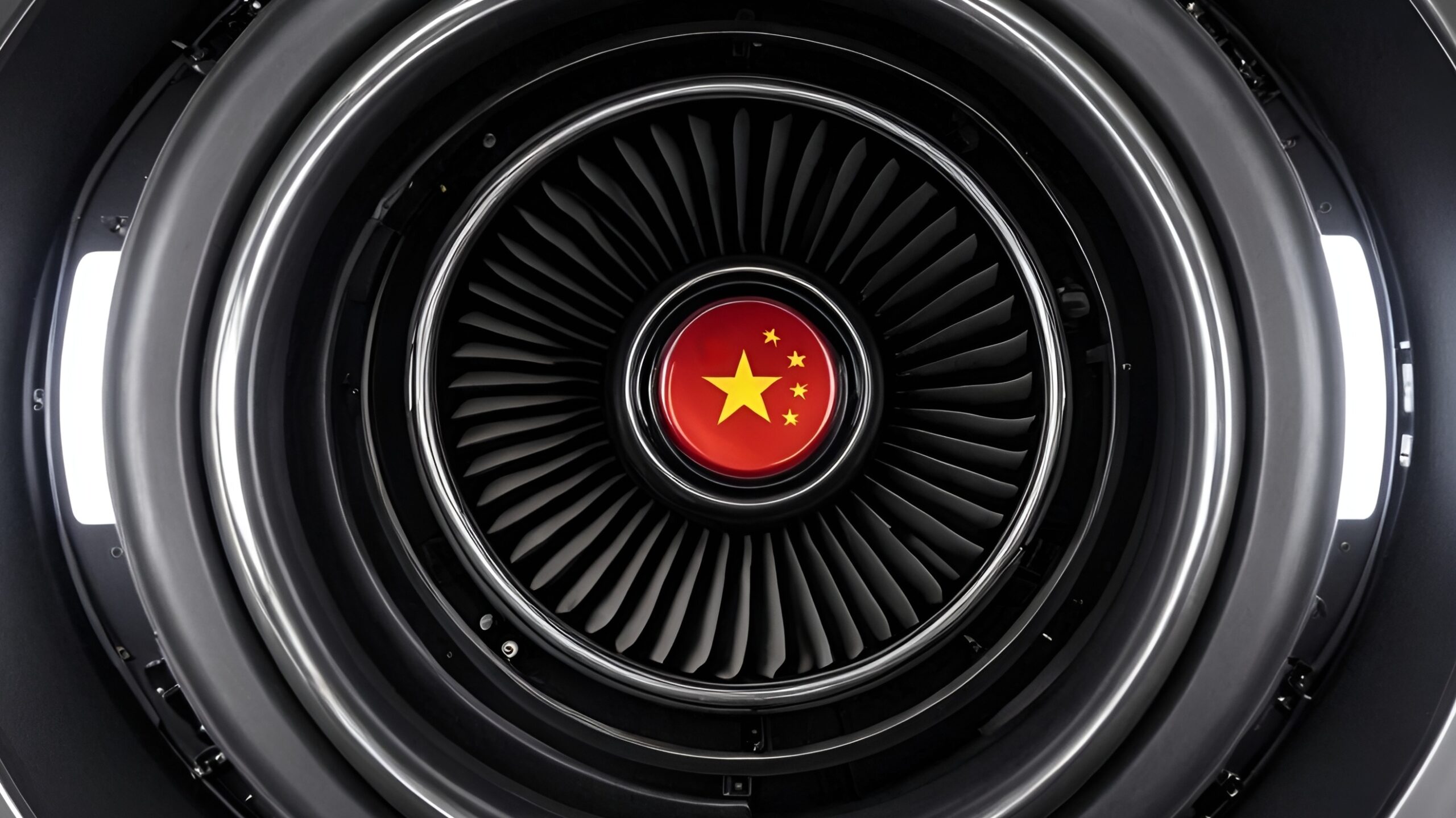Chinese aerospace company Space Transportation has successfully tested the JinDou400 engine, known as the rotary detonation ramjet engine. The engine is said to have the potential to completely transform supersonic air transportation in the future. In the tests, the engine achieved a significant success by reaching a speed of approximately Mach 4 (5,000 km/h) and an altitude of over 20 kilometers. Here are the details…
China has successfully tested its rotary detonation engine: Here are the highlights of the revolutionary engine
Unlike conventional jet engines, the JinDou400 engine uses shock waves and the detonation principle. This design eliminates the need for compressors and turbines, making the engine more compact and efficient. Here are the engine’s specifications:

- Dimensions: 30 cm diameter, 3 meters long.
- Power: Approximately 400 kilograms of thrust.
- Critical systems: The electrical, fuel and control systems passed the tests.
Meanwhile, Space Transportation is reportedly integrating this technology into supersonic aircraft projects. In particular, their supersonic aircraft called Yunxing, which can take off and land vertically, will be the most concrete application of this technology. Yunxing is planned to be completed by 2027 and begin commercial flights in 2030. If these goals are realized, flights between Beijing and New York will be possible in just two hours.
The Ram-Rotor Detonation Engine (RRDE), developed by Tsinghua University, also offers solutions to improve the engine’s operation at low speeds. By combining rotary detonation and rotor technologies, this engine will solve problems such as thrust continuity. So, can we say that a new era is beginning in aviation?
If these projects are successful, rotary detonation technology will not only enable supersonic flights, but will also change the course of the aviation industry. What do you think about this? You can write your opinions in the comments section below…














